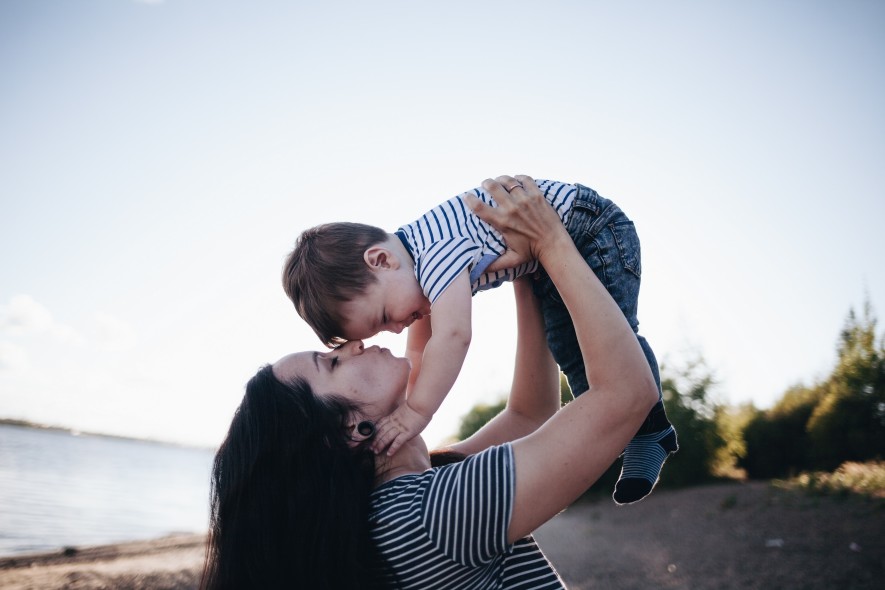Covid and the cost-of-living crisis may have pushed low fertility rates even lower.
When the world first locked down in response to the Covid-19 pandemic, some commentators predicted an imminent baby boom as couples attempted to beat the boredom of being stuck at home with some, uh, bonding activities. But nine plus months later there were no more new bundles of joy than usual. Indeed, in many countries, including the UK, the USA and China, 2021 birth rates actually decreased slightly. In retrospect, that may not be that surprising. An unprecedented global health crisis is probably about as far from an aphrodisiac as it’s possible to be. Plenty of would-be parents were undoubtedly also put off by buckling healthcare services and the removal of in-person support from both professionals and loved ones.
Pandemic restrictions and worries are now easing in many countries. Yet few people expect to see stork-filled skies anytime soon. Particularly as studies show in some countries, fertility rates tend to dip along with the economy, and the world is currently being convulsed by a cost of living crisis that is predicted to see many more people struggle to adequately heat their homes and put enough food on the table.
Plus, these pandemic-and-recession-based nudges against babymaking have come within a long-term trend of humans having fewer and fewer children. In 1950, the global fertility rate, which is the number of children the average woman has in her lifetime, was 4.7. In 2017, it was 2.4. By 2100 it is expected to reach 1.7. (Once the rate gets below 2 the human race starts shrinking because it takes 2 babies to replace 2 parents.) There are all sorts of reasons for this pattern, including the increase in women’s rights, which over time has seen many women and girls swap at least some of the years their ancestors spent childrearing for education and work. But the big question is how this demographic shift will change the way the world looks… and how its economy functions.
Some people have argued that having less humans around will be a good thing, particularly from an environmental perspective. Fewer humans could mean fewer resources being used, fewer carbon footprints being produced, and less of the earth being diverted to human needs above those of other creatures. The problem with this theory is that environmental destruction isn’t neatly correlated to the size of the human population, but the way that population lives. Take rich countries like Qatar, where many people own a lot of stuff, eat a lot of meat and burn a lot of fossil fuels. The average Qatari has a carbon footprint of 49 tonnes a year. Compare that to the average Sub-Saharan African, whose carbon footprint is 0.1 tonnes a year. In other words, 490 people living a Sub-Saharan African lifestyle have the same climate-change-creating impact as 1 person living a Qatari one.
Aside from the environment, the more heavily unbalanced the human population gets (i.e. there are more people in each older generation than in the younger one below it) the more likely it is that we will have to fundamentally reshape the way our economy functions. At the moment, younger adults tend to economically support older ones. Economists often focus on the taxes they pay on their wages, which then funds government spending on things like pensions and healthcare (which older people disproportionately use). But many people also provide for the older members of their family via unpaid care work, or bringing them into their household, or paying for some of their expenses. However, this system only works when there are more younger people putting into the system than older people taking out of it. Future societies may therefore have to raise taxes, or decrease government benefits, or raise the retirement age, or prioritise elderly healthiness, or come up with some other solution entirely.
Red our explainer on: groups and communities

